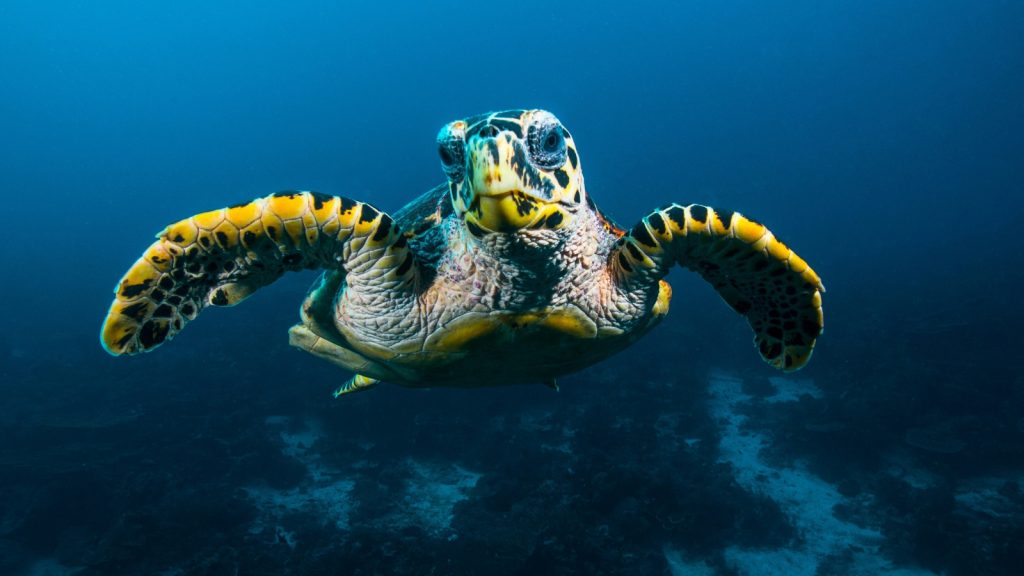Nature’s creatures are master mathematicians, but they don’t sit down with calculators or chalkboards like us. Instead, animals use natural forms of geometry, symmetry, ratios, and even counting in ways that are astonishingly precise. These mathematical patterns often help animals survive, find food, protect themselves, and communicate. From honeybee hives to the spiral of a snail’s shell, maths flows through the natural world in ways that feel almost magical. Let’s take a closer look at how these animal “mathematicians” use maths in their everyday lives!
1. Honeybees’ Hexagonal Hives
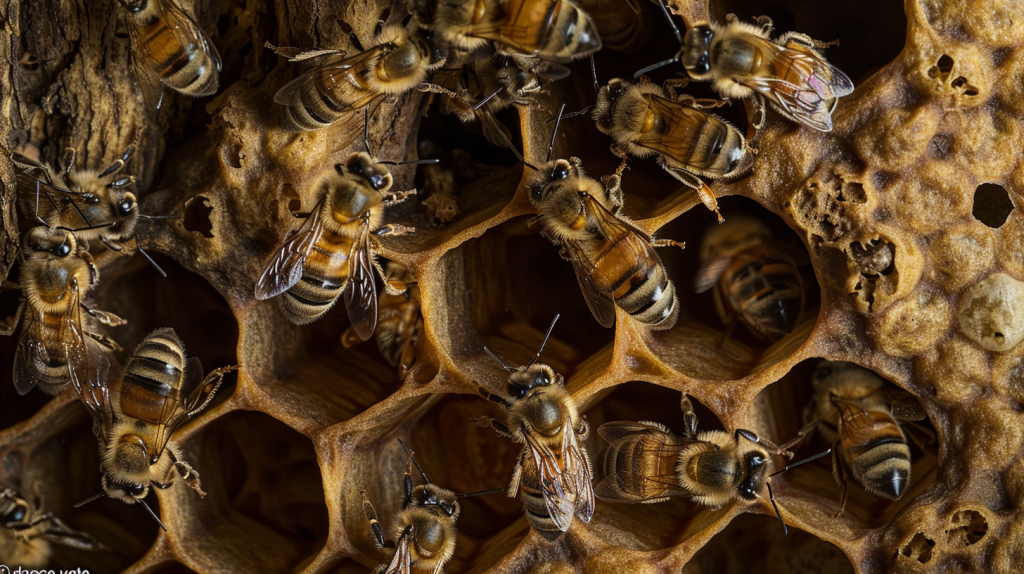
Honeybees construct their hives using perfect hexagonal cells. This shape isn’t random – the hexagon is the most efficient way to divide a space, using less wax while maximizing storage. This efficiency allows bees to store more honey without wasting space or resources. Scientists believe that bees instinctively “know” this geometric trick, which optimises both strength and storage.
2. Spiders Weaving Webs

Spiders spin webs following mathematical precision. Their webs often feature concentric circles and radial lines in precise symmetry, which isn’t just visually beautiful but functional. This design evenly distributes stress, making the web less likely to break when prey gets caught. By placing their threads in a way that minimizes effort but maximizes capture potential, spiders use geometry for survival.
3. Fibonacci Spirals in Snail Shells

Many snail shells, like those of the Nautilus, grow in spirals that follow the Fibonacci sequence. This sequence, where each number is the sum of the previous two, creates a spiral that expands proportionally, allowing the shell to grow with the snail without changing shape. This natural math makes the shell durable and efficient for protection.
4. Dolphins Using Echolocation Math
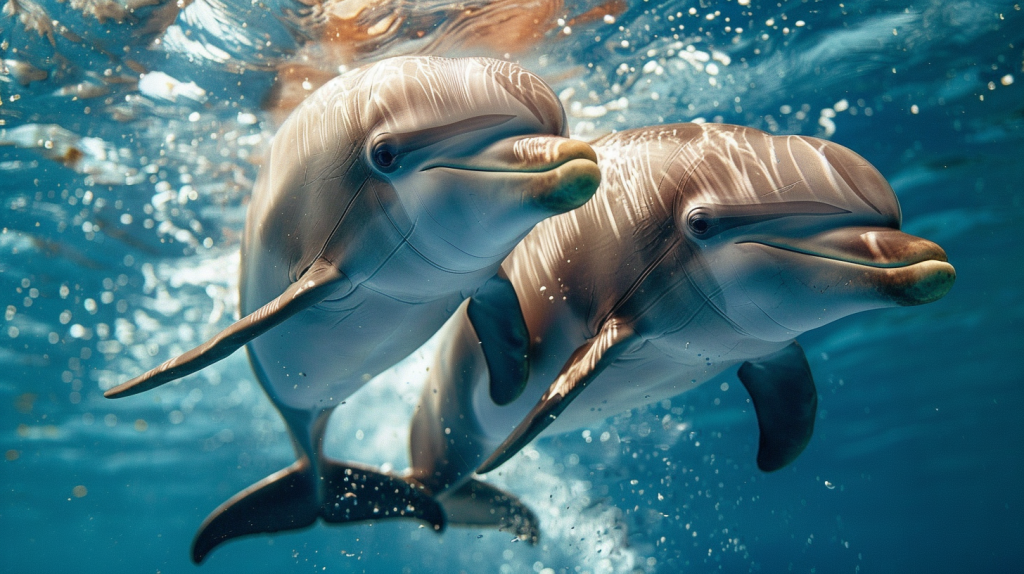
Dolphins use sound waves to locate objects through echolocation. They emit clicks and interpret the echoes that bounce back. By measuring the time it takes for these echoes to return, dolphins calculate distance. This method involves precision, similar to solving distance equations, which helps them navigate and hunt in murky waters.
5. Ants Following Shortest Path Algorithms

Ants are fantastic problem solvers and often find the shortest path between their nest and food sources. As they move, they leave pheromone trails that guide other ants. Over time, they collectively “calculate” the most efficient route, following a pattern similar to algorithms we use in computer science.
6. Birds Using Celestial Navigation

Migratory birds use star patterns for navigation, especially at night. Their internal “map” aligns with the geometry of constellations. Birds observe angles between stars to determine direction, a skill that’s critical for their long journeys and is similar to the math of celestial navigation that sailors use.
7. Starling Murmurations and Collective Geometry
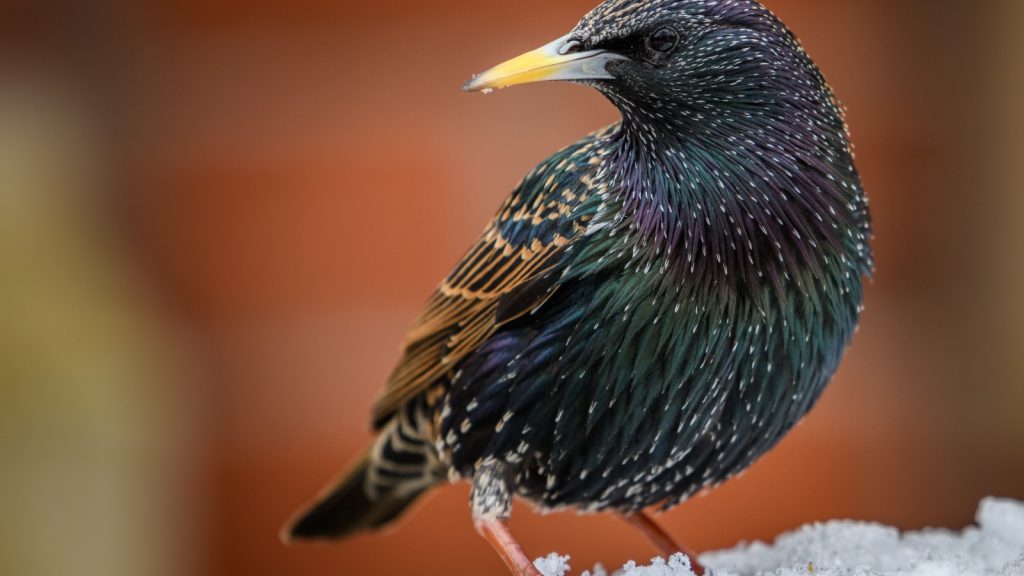
Starlings fly in mesmerizing formations known as murmurations, moving in sync with one another. The patterns they form are based on geometry and the spatial relationship between each bird. This coordination helps them avoid predators by confusing them, relying on math-like principles of space and distance.
8. Sea Turtles and Magnetic Field Lines
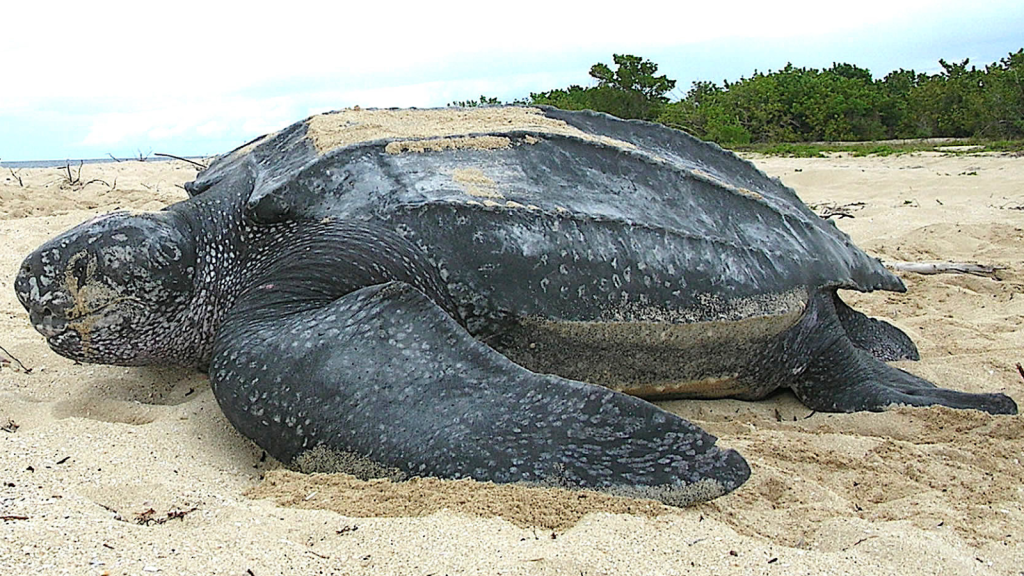
Sea turtles navigate using the Earth’s magnetic field, which involves mathematical sensitivity to angles and directions. They sense subtle changes in these magnetic fields, essentially “mapping” their location across thousands of miles. This precision allows turtles to find their way to specific breeding and feeding grounds.
9. Cicadas’ Prime Number Life Cycles
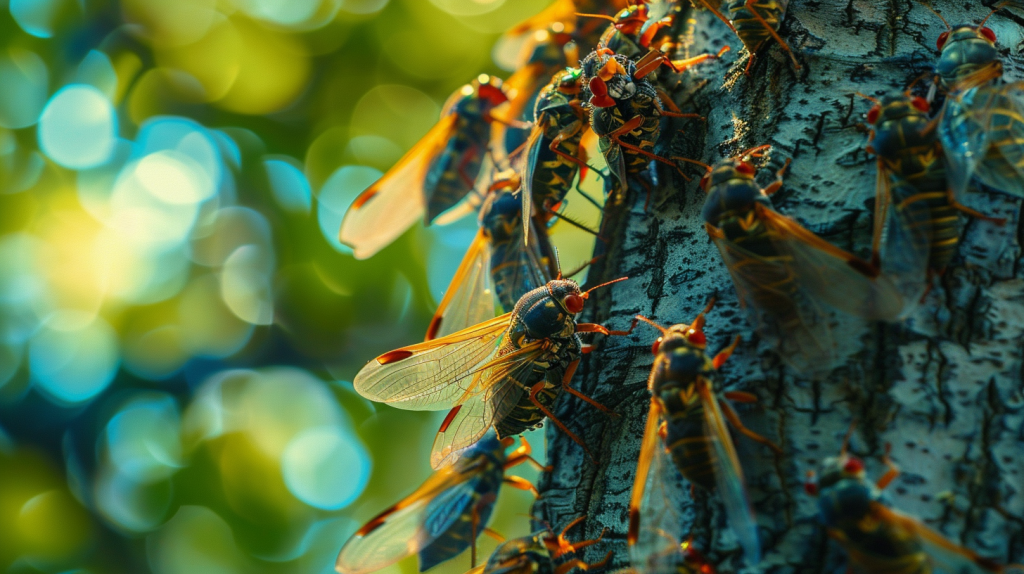
Some species of cicadas emerge only every 13 or 17 years – both prime numbers. By emerging at prime intervals, cicadas avoid synchronising with the life cycles of potential predators, reducing their risk of predation. This clever timing strategy shows a “prime” use of math for survival.
10. Honeybees and the Waggle Dance Geometry
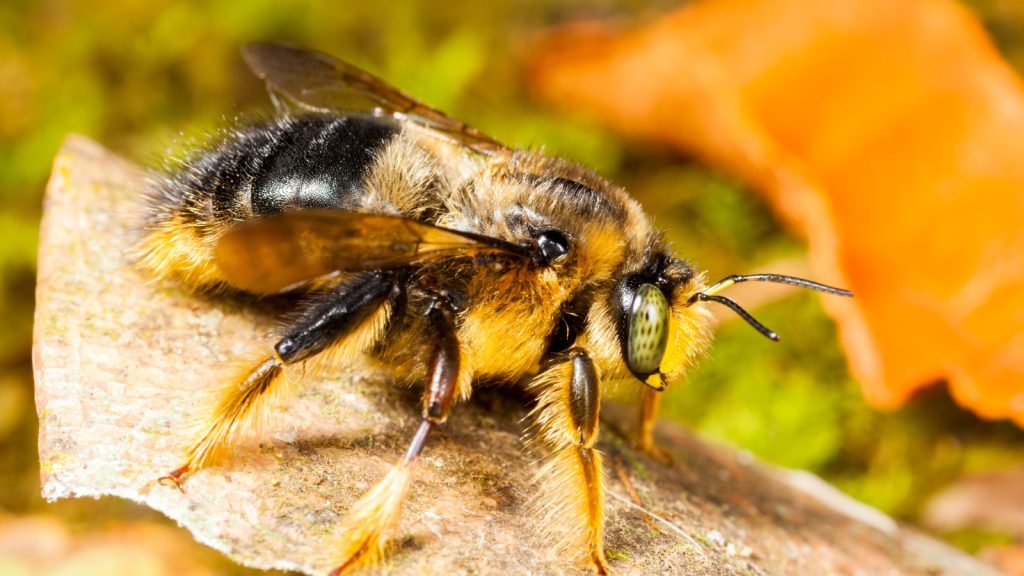
When honeybees find food, they return to the hive and perform a waggle dance to communicate its location. The angle and duration of their dance relative to the sun inform other bees about distance and direction, a type of “vector math” that helps them efficiently gather nectar.
11. Leopards’ Camouflage Patterns
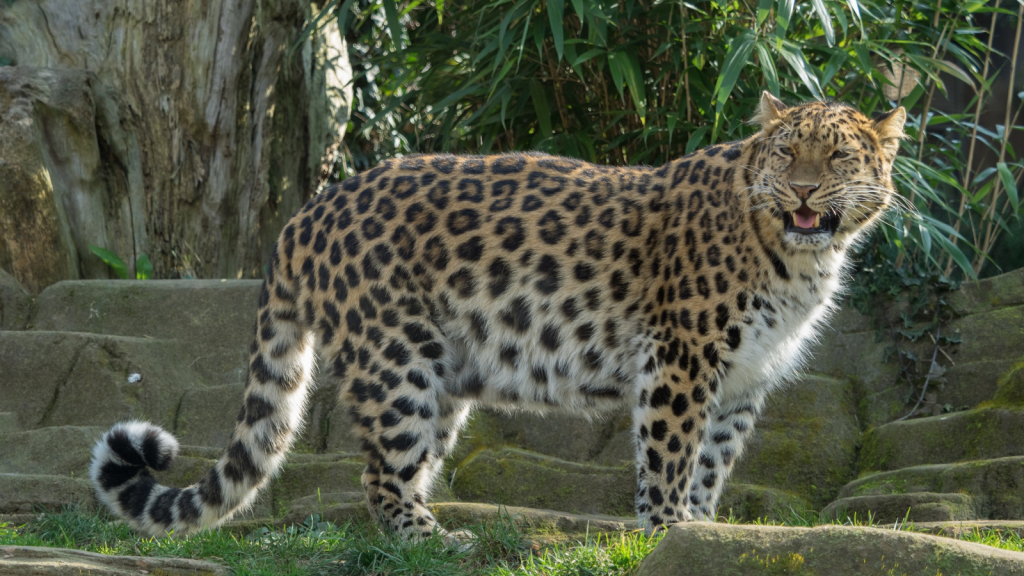
Leopards’ rosette patterns follow fractal-like math, helping them blend into their surroundings. The fractal nature of their spots creates a visual break-up that makes them hard to spot in the wild, giving them a mathematical edge in hunting and hiding from threats.
12. Anglerfish Luring with Light Ratios
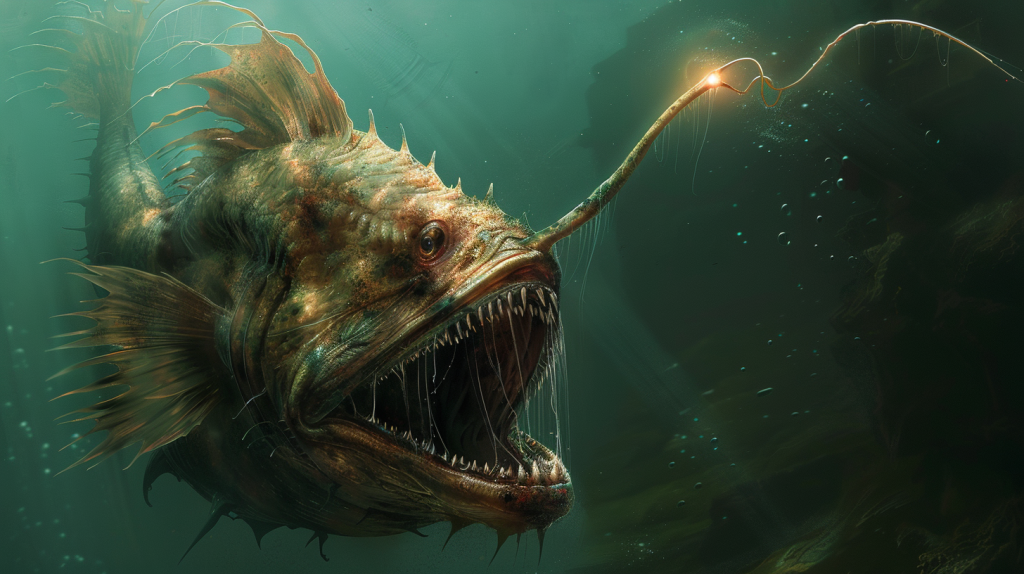
Anglerfish use bioluminescent lures to attract prey, exploiting mathematical ratios of light in the dark depths of the ocean. By regulating light intensity in specific proportions, they lure prey close enough to strike, using maths to their advantage in one of the darkest places on Earth.
13. Bats Calculating Flight Paths

Bats use echolocation similar to dolphins, but they take it a step further by calculating angles for their quick, agile flights. By interpreting the angle at which echoes bounce back, bats make split-second “calculations” to avoid obstacles and catch prey in midair.
14. Elephants Communicating with Seismic Waves
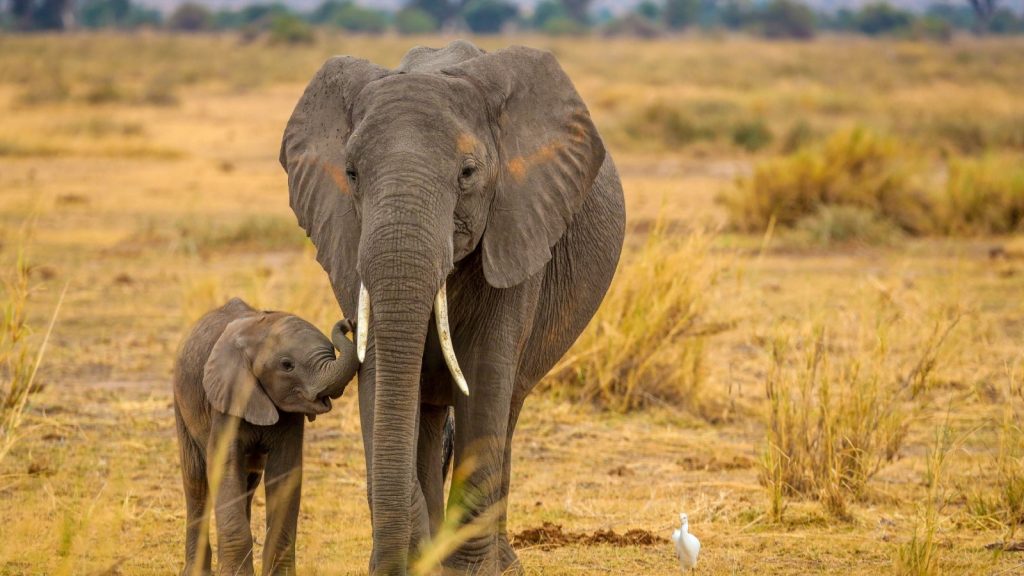
Elephants communicate over long distances using low-frequency sounds that travel through the ground. By adjusting the frequency and timing of these vibrations, they essentially “solve” the problem of distance, allowing them to stay in touch across miles of terrain.
15. Penguins Arranging in Huddles
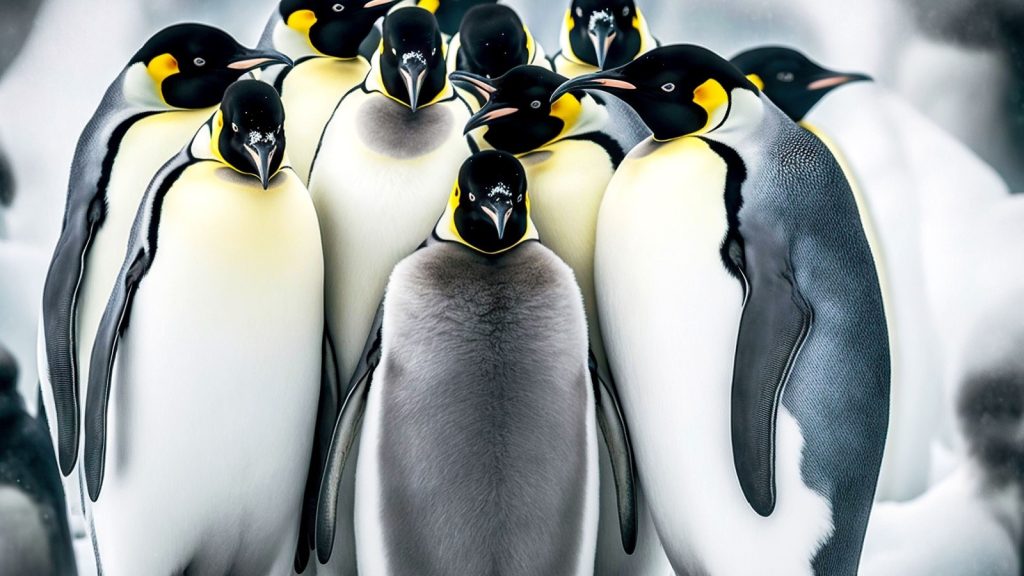
In cold environments, penguins gather in groups to stay warm. They position themselves in hexagonal-like formations, similar to the honeycomb shape. This arrangement maximizes body contact and heat retention, minimizing energy loss in a simple but effective use of geometry.
16. Crickets Using Temperature to “Count”

Crickets chirp at rates that correlate with temperature – the warmer it is, the faster they chirp. There’s a mathematical relationship called Dolbear’s Law that shows how their chirping rate can even estimate the temperature, using nature’s own “thermometer.”
17. Wolves Hunting Using Strategic Angles

Wolves hunt in packs, using coordinated movements that involve calculating angles and distances. They position themselves to strategically corner their prey, demonstrating a type of instinctive trigonometry that increases their hunting success.
18. Fish Swimming in Schools
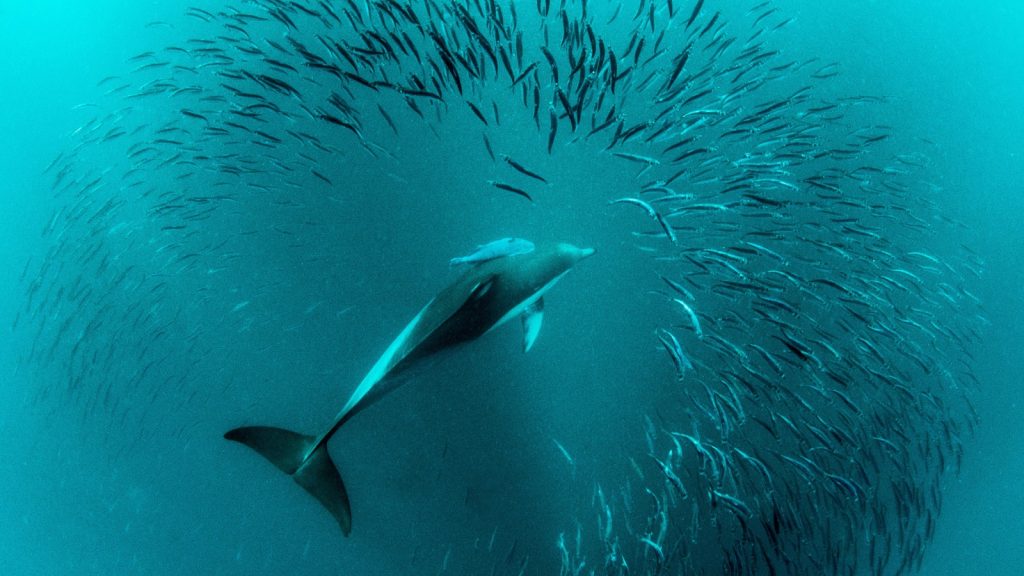
Fish swim in schools, forming patterns that allow for smooth, coordinated movement. They position themselves at precise distances, which helps avoid collisions and improve speed. This pattern is based on geometry and allows the school to behave almost like a single entity, deterring predators.
12 Facts About the Adder, Britain’s Only Venomous Snake
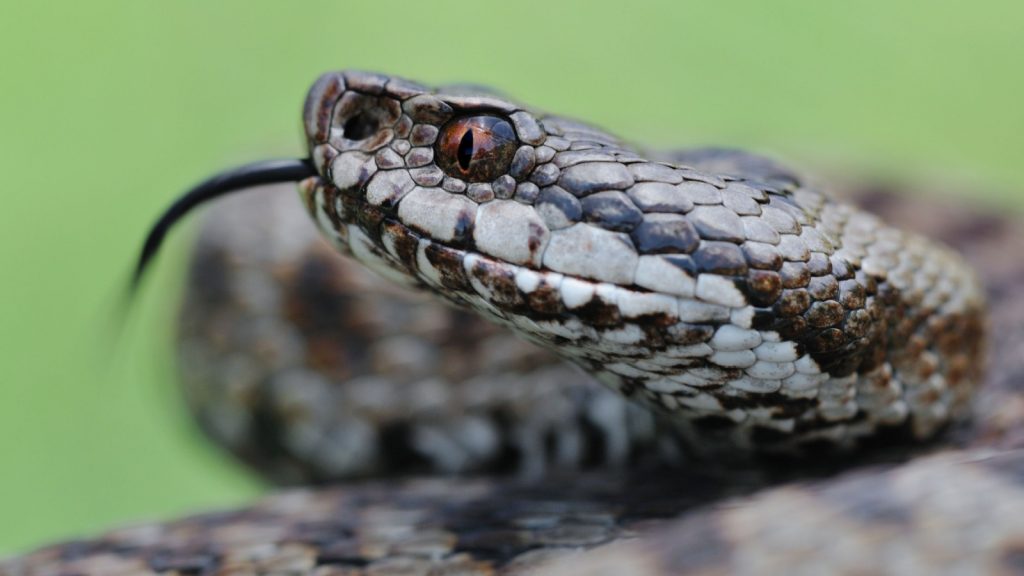
The adder, also known as the common viper, is Britain’s only venomous snake. While these fascinating creatures are often feared, they play an important role in the country’s ecosystems. Here are 12 scintillating facts about adders that will help you appreciate these misunderstood reptiles.
Read More: 12 Facts About the Adder, Britain’s Only Venomous Snake
Ellen has been obsessed with logic puzzles, jigsaws, and cryptograms since she was a kid. After learning she was taught how to play chess wrong by a family friend (so they could win), she joined her school chess club and the rest is history.
